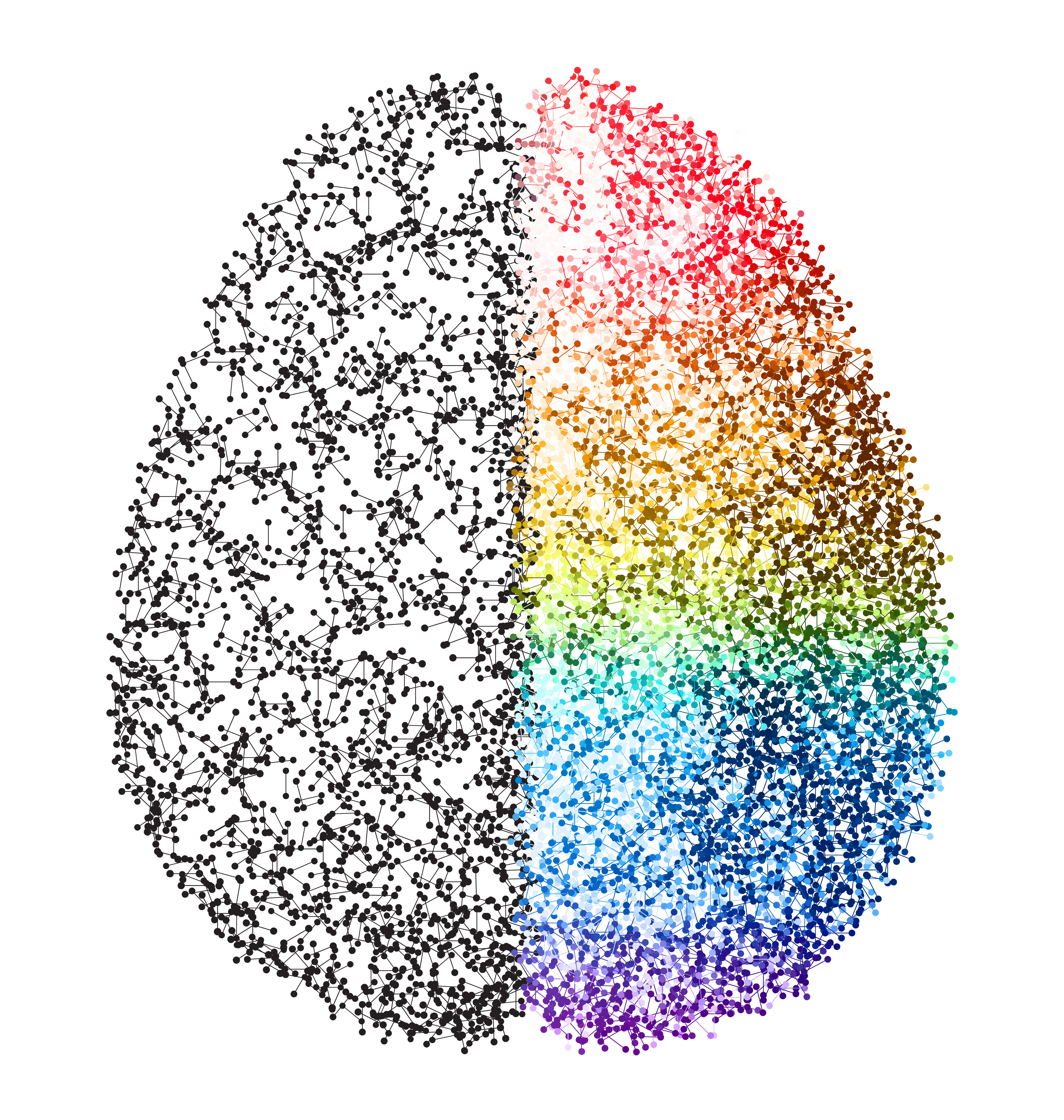
Schizophrenia and schizoaffective disorder are chronic psychiatric conditions characterized by disturbances in thought, perception, and behavior. While pharmacotherapy remains the cornerstone of treatment, there is growing recognition of the importance of integrating non-pharmacological interventions, such as art therapy, to enhance functional outcomes and alleviate symptoms. This article reviews current clinical evidence supporting the use of art therapy as an adjunctive treatment for these disorders.
Valery Kravitz, Therapeutic Art Coach and Director, IsraClinic – Expert Mental Health Center
Schizophrenia and schizoaffective disorder are chronic psychiatric conditions characterized by disturbances in thought, perception, and behavior. While pharmacotherapy remains the cornerstone of treatment, there is growing recognition of the importance of integrating non-pharmacological interventions, such as art therapy, to enhance functional outcomes and alleviate symptoms. This article reviews current clinical evidence supporting the use of art therapy as an adjunctive treatment for these disorders.
Schizophrenia affects approximately 24 million individuals globally, with a prevalence of about 1 in 300 people. The disorder manifests through positive symptoms (e.g., hallucinations, delusions) and negative symptoms (e.g., apathy, anhedonia, social withdrawal). Pharmacological treatments are effective in managing positive symptoms but often have limited impact on negative symptoms, necessitating complementary therapeutic approaches.
Schizoaffective disorder combines features of schizophrenia with mood disorder symptoms, such as depression or mania, requiring a multifaceted treatment strategy.journals.lww.com
Art therapy is a psychotherapeutic approach that utilizes creative processes, such as drawing, painting, and sculpting, to facilitate emotional expression, process traumatic experiences, and improve cognitive and social functioning. The therapeutic mechanism involves engaging brain regions associated with emotion, memory, and perception, promoting interhemispheric integration.Verywell Mind
A meta-analysis encompassing 31 randomized controlled trials (RCTs) indicated that visual art therapy had a small-to-moderate effect on positive symptoms (Standardized Mean Difference [SMD] = 0.407) and a moderate effect on negative symptoms (SMD = 0.697) in individuals with schizophrenia. Additionally, significant effects were observed on depression (SMD = 0.610) and anxiety (SMD = 0.909) .ResearchGate+2PubMed+2MDPI+2
A randomized controlled study demonstrated that combining art therapy with psychosocial skills training led to improvements in social functioning and reductions in negative symptoms compared to standard care alone .Welcome+3mentalhealth.bmj.com+3BioMed Central+3
Qualitative research has found that art therapy can bolster the sense of self in patients with schizophrenia, contributing to decreased psychopathology and enhanced social functioning .
At IsraClinic, art therapy is integrated into a comprehensive, multidisciplinary treatment program that includes:
Comprehensive psychiatric evaluation
Personalized pharmacological management
Art therapy sessions conducted by certified therapists
Ongoing psychiatric monitoring
This holistic approach allows for individualized treatment plans tailored to each patient's needs, facilitated by collaboration among professionals from various disciplines.
Art therapy serves as an effective complementary treatment for schizophrenia and schizoaffective disorder by positively affecting positive and negative symptoms, as well as improving social functioning and self-perception. Incorporating art therapy into a multidisciplinary treatment system can improve the quality of life of individuals suffering from these disorders.
Author: By Valery Kravitz, Therapeutic Art Coach and Director | IsraClinic – Expert Mental Health Clinic